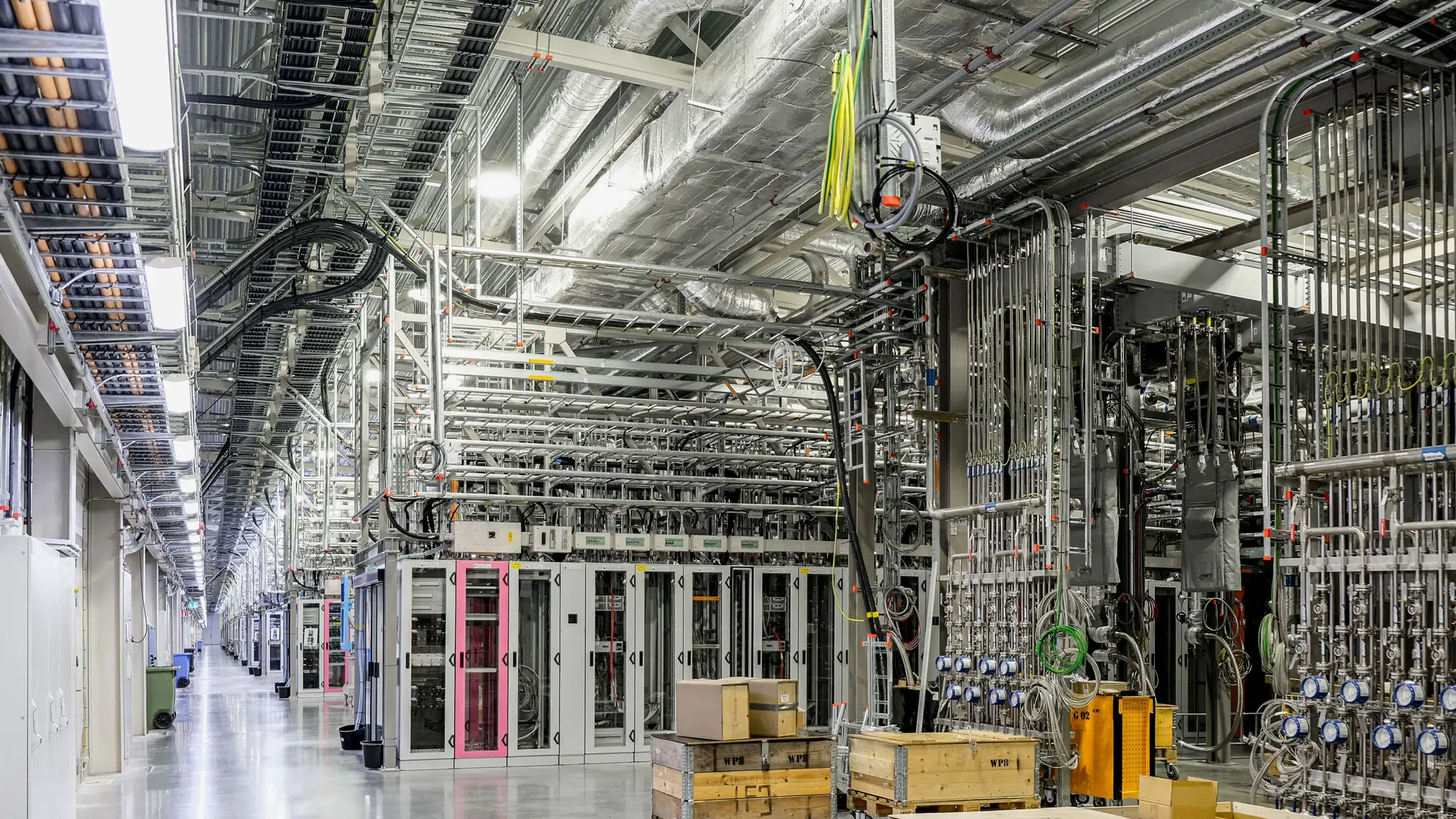ZHAW researchers are contributing to a one-of-a-kind research facility

Researchers from the ZHAW School of Engineering and scientists from across Europe are building the world’s most powerful neutron source.
The European Spallation Source (ESS) has been under construction on the outskirts of Lund, a city in southern Sweden, since 2014. The project brings together researchers from 13 European countries and different fields, including from the Institute of Applied Mathematics and Physics (IAMP) and the Institute of Embedded Systems (InES) at the School of Engineering as well as the Paul Scherrer Institute (PSI). The large-scale research facility is set to generate spallation neutrons for the first time in 2025.
Neutrons have the ability to penetrate deep into matter, where they interact with atomic nuclei and can thus shed light on the structure of matter down to the atomic level. Researchers are hoping that the intense and pulsed neutron beam will allow for material properties to be investigated more efficiently. Applications range from the decoding of 3D molecular or protein structures to the further development of solar cells.
Preventing damages and shutdowns
The ZHAW team was involved in developing the concepts for the facility’s protection system and realising specific sub-systems. Many of the accelerator’s components are elaborate custom-made parts. Any deviations in the direction of the beam are critical: “This could lead to damages that may result in the system being shut down for an extended period, something that should be avoided at all costs,” says Christian Hilbes, Deputy Head of IAMP. The protection system is tasked with responding before any damage occurs. The ZHAW researchers also provided support in developing various personnel safety systems at the ESS.